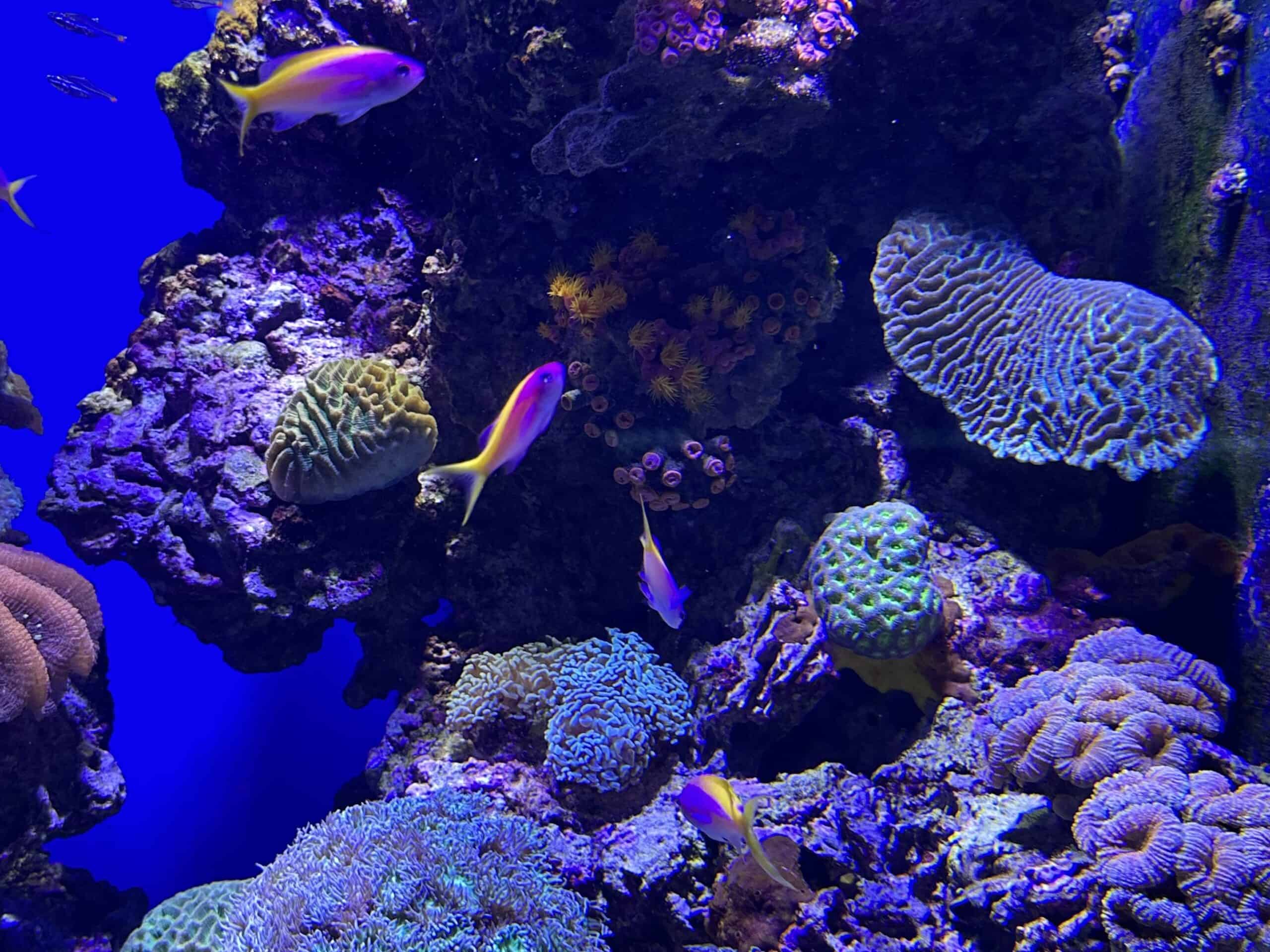
Built along a slope of the Rock of Monaco, the Oceanographic Museum was conceived in 1919 by Prince Albert I and houses more than 6000 marine species inside.
The museum promotes public awareness of the marine environment through oceanographic collections, exhibitions and aquariums.
Inside the museum there are two huge aquariums: the tropical zone and the Mediterranean Sea
Mediterranean Sea
In the aquarium of the Mediterranean Sea there are more than 200 varieties of invertebrates as well as polyps, numerous brightly colored fish and many jellyfish.
The Mediterranean is home to 7.5% of the world’s marine fauna and 18% of the flora.
Tropical seas
The tropical zone of the aquarium reveals the enchantment of the coral reef and its inhabitants.
The abundance of a coral reef in a tropical area is the most colorful area of the Oceanographic Museum.
Coral reef is the scene of a particularly colorful and abundant life. A multitude of species live side by side and work together to protect themselves, eliminate pests or feed themselves.
From microscopic algae to large predators, each plays its role and contributes to the balance of the ecosystem.
In addition to the two large aquariums, there are also several rooms where the historical artifacts of the Museum are exhibited.
Whale Room and Albert I Room: a journey to discover oceanography through various stuffed species, some photographs and archival documents, models and skeletons of marine mammals.
Oceanomania: the largest laboratory on the marine world. More than 1000 objects from the collections of the Oceanographic Museum such as fossils, chimeras and diving suits.


























